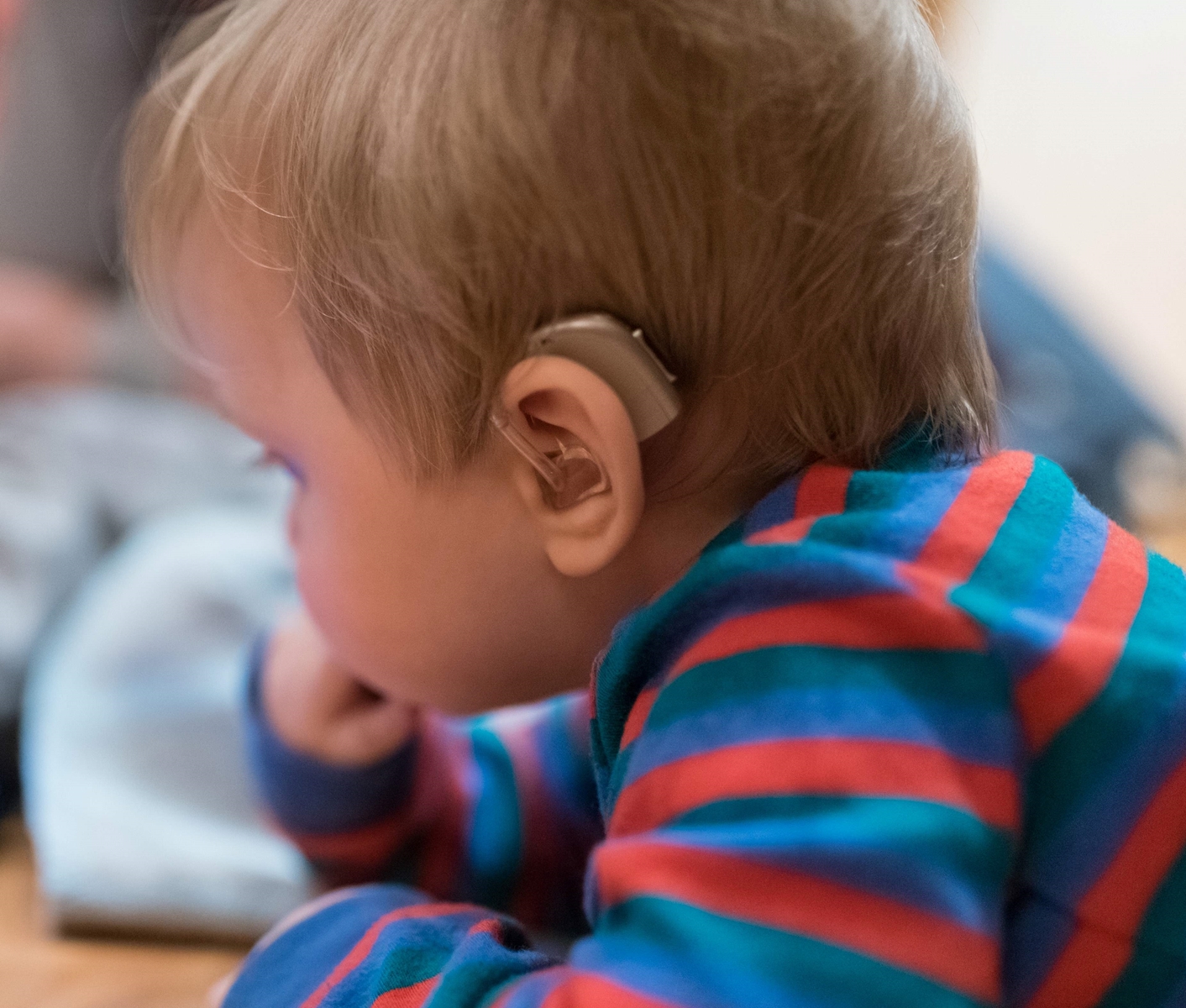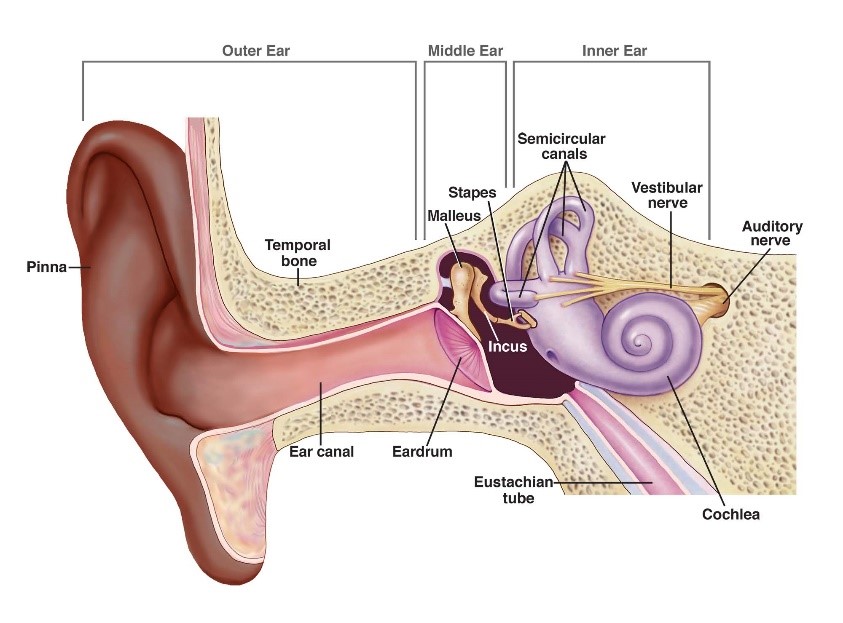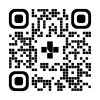Hearing Technology for Children
What you need to know


What is hearing technology?
Hearing technology refers to devices that make it possible for children to hear better. Hearing technology doesn't restore hearing to normal, but makes speech and other sounds easier to hear.
When a child has permanent hearing loss, hearing technology is essential for developing speech and spoken language and learning.
When your child has a hearing loss, using hearing technology helps get sound to their brain. Different types of hearing technology get sound to the brain in different ways.
What are the types of hearing technology?
Today’s hearing technology uses advanced computer chips to process sound to make hearing easier. Many types of hearing technology are designed to directly play sound from TVs, phones, and other devices to your child’s hearing device using Bluetooth. Today, most hearing technology is rechargeable and water-resistant.
Hearing aids
Hearing aids make speech and other sounds louder. They are customized to your child’s hearing loss and their ear shape.
Behind-the-ear (BTE) hearing aids are the type of hearing aid that are most commonly used for children. A BTE hearing aid connects to an earmold that is custom-fit to your child’s ear canal and outer ear. Earmolds that don’t fit well can cause a whistling sound called feedback. A buildup of earwax can also cause feedback. Your child’s audiologist (hearing specialist) can help with these issues and make sure that your child’s hearing aid is comfortable and fits well. Learn more about fitting and replacing your child’s earmolds.
Bone conduction hearing device (BCHD)
A bone conduction hearing device is a hearing technology that picks up sound and transmits it through the skull to the inner ear. This type of hearing technology can be worn on a headband or permanently implanted in the skull bone and used with a sound processor that your child wears. This hearing technology may be recommended when there is a problem in your child’s middle ear and they can’t benefit from hearing aids.
Cochlear implant (CI)
A cochlear implant is a hearing technology that stimulates the hearing nerve directly. This type of hearing technology includes the use of a sound processor that is worn on the ear and head. It transmits sounds to an electrode that is implanted in the inner ear. This hearing technology is recommended for children with severe and profound hearing loss when hearing aids are not strong enough.
Where can I get hearing technology for my child?
In Alberta, hearing aids for children are provided and fit by audiologists. After your child completes a hearing test, an audiologist will help you decide which hearing technology is best for your child.
In Alberta, teams of specialists determine when a child is eligible for bone conduction hearing devices or cochlear implants. These technologies are an option when a hearing aid cannot provide enough sound to support your child’s ability to hear, learn, and use speech and spoken language. Talk with your child’s audiologist to learn if one of these hearing technologies is an option for your child.
How much does hearing technology cost?
In Alberta, Alberta Aids to Daily Living provides funding for hearing technology for children. Alberta Health Services covers most of the costs associated with cochlear implants and bone conduction hearing devices.
Talk to your child’s audiologist to learn more.
To see this information online and learn more, visit MyHealth.Alberta.ca/health/aftercareinformation/pages/conditions.aspx?hwid=custom.ab_hearing_tech_child_inst.

Related to Hearing Technology for Children
For 24/7 nurse advice and general health information call Health Link at 811.
Current as of: May 16, 2023
Author: Audiology Provincial Professional Practice, Alberta Health Services
This material is not a substitute for the advice of a qualified health professional. This material is intended for general information only and is provided on an "as is", "where is" basis. Although reasonable efforts were made to confirm the accuracy of the information, Alberta Health Services does not make any representation or warranty, express, implied or statutory, as to the accuracy, reliability, completeness, applicability or fitness for a particular purpose of such information. Alberta Health Services expressly disclaims all liability for the use of these materials, and for any claims, actions, demands or suits arising from such use.
